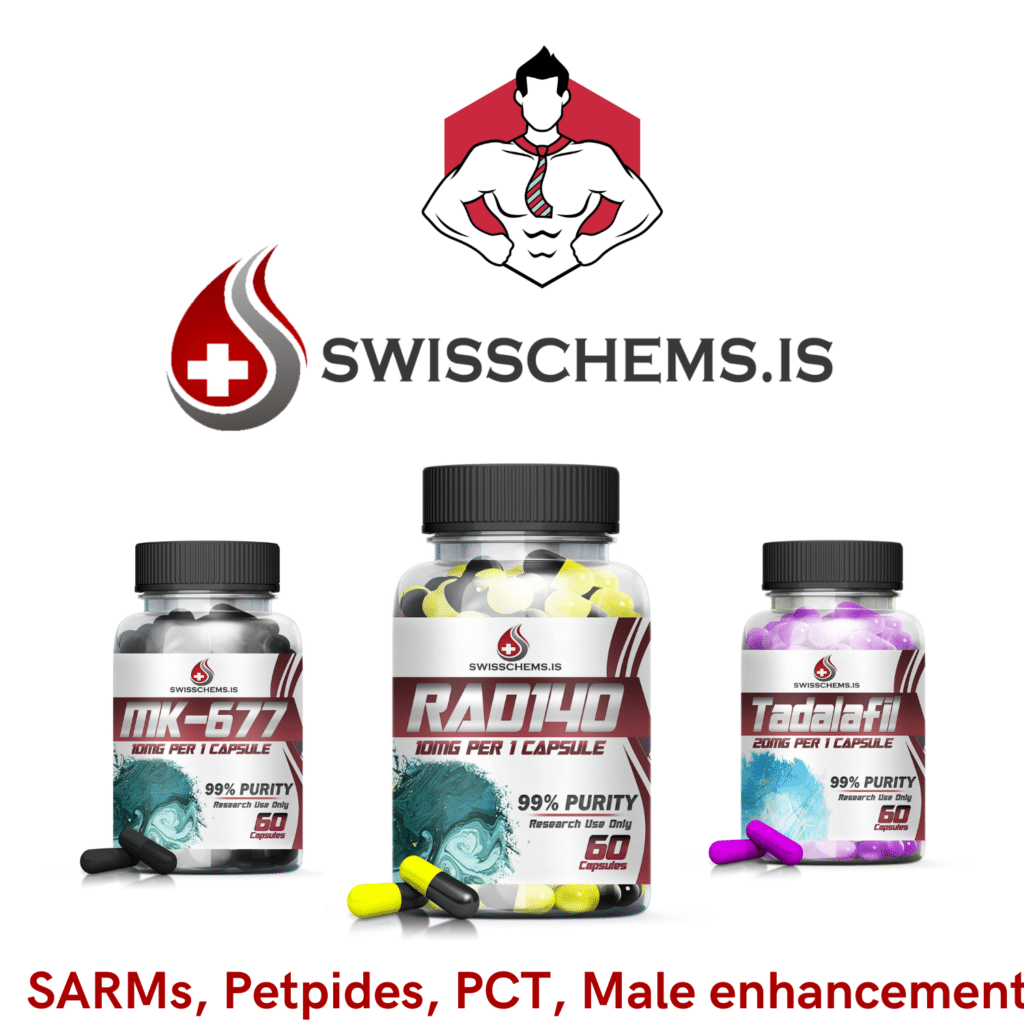TB 500, or Thymosin Beta-4, is a peptide that has gained significant attention for its regenerative properties. In this article, we will explore its safety and side effects profile.
TB 500: Potential Side Effects
The following is a list of potential side effects that may occur when taking TB 500:
• Allergic reactions: Some people may experience an allergic reaction to Thymosin. Symptoms of an allergic reaction may include hives, difficulty breathing, and swelling of the face, lips, tongue, or throat.
• Joint pain: Some people may experience joint pain.
• Muscle pain: Some people may experience muscle pain.
• Nausea: Some people may experience nausea or have a “weird” sensation in their stomach.
• Headache: Some people may get headaches shortly after the administration of the drug.
These side effects are usually mild and temporary. But If they are severe and/or not temporary, stop taking TB 500 and consider going to the ER.
Here are some other possible long term side effects that could potentially happen with continuous use:
| Potential Side Effects | Possible Causes |
|---|---|
| Thymus gland enlargement | Unregulated or excessive use of TB 500 |
| Increased risk of cancer | Not yet substantiated by scientific studies, but theoretically possible due to TB 500’s stimulation of cell growth |
| Blood clots | High doses of TB 500 may increase the risk of blood clots, especially in individuals with pre-existing clotting disorders or a history of blood clots |
It is important to note that the above side effects are theoretical and require further research to be confirmed.
Safety Considerations
TB 500 is generally considered safe for human use, but it’s important to take certain precautions to minimize risks and maximize potential benefits.
| Safety Measure | Explanation |
|---|---|
| Dosage | Stick to recommended dosage ranges to avoid potential side effects and adverse reactions. |
| Administration | Follow proper administration guidelines to ensure the drug is delivered safely and effectively. |
| Quality | Ensure that you get TB 500 from a reputable source to avoid the risk of counterfeit or contaminated products. |
By adhering to these safety measures and guidelines, you can reduce the likelihood of adverse reactions and enjoy the potential benefits of TB 500.
Anecdotal Data and Reports of Side Effects
While there are many reports of the positive effects of TB 500, including faster healing times and reduced inflammation, there are also a number of reports of side effects.
It’s important to remember that everyone responds differently to medications and supplements, so what works for one person may not work for another.
With that in mind, here’s a look at some of the more commonly reported side effects of TB 500.
The most commonly reported side effects are headaches.
Some users report that the headaches are mild and go away after a day or two, while others find them to be more severe.
If you experience headaches it’s important to drink plenty of fluids and make sure you’re staying hydrated.
If the headaches persist, I would suggest to stop taking it
Another common side effect is nausea.
Some users find that they feel nauseous after taking the supplement, while others don’t experience any side effects at all.
If you do feel nauseous, it’s important to drink plenty of fluids and eat small, frequent meals.
If the nausea persists, I would suggest that you stop taking the drug.
Overall, the side effects of TB 500 that are reported by users are usually mild and go away on their own after a day or two.
Where to Get TB 500
Here are the best sources I know to get Quality TB 500:
Conclusion
In conclusion, TB 500 has demonstrated a favorable safety profile in clinical trials and anecdotal evidence.
However, like any substance, it may produce unwanted side effects, but anecdotal evidence suggests that they are mild and transitory most of the time and they should subside when stopping the usage of the drug
It’s potential benefits including improved healing and tissue repair, make it a promising compound for peptide therapy and to treat various medical conditions.
Nevertheless, more research is necessary to determine its full efficacy and mechanism of action.



